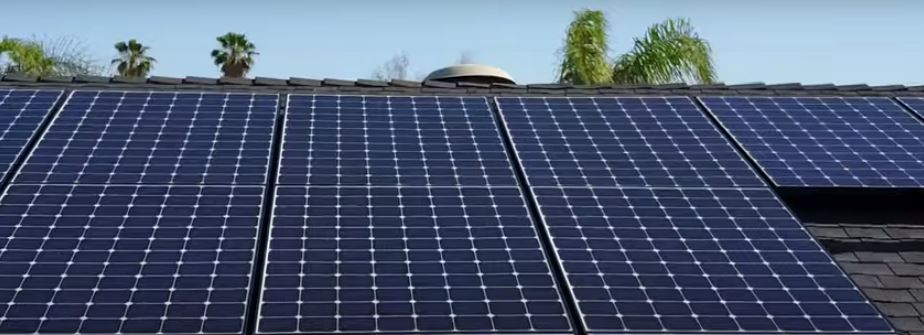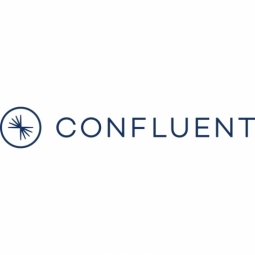下载PDF
SunPower's Modern Customer Engagement Strategy with Confluent

技术
- 分析与建模 - 实时分析
- 平台即服务 (PaaS) - 应用开发平台
适用行业
- 水泥
- 可再生能源
用例
- 车队管理
- 实时定位系统 (RTLS)
服务
- 系统集成
挑战
SunPower 通过为消费者创建与他们的 SunPower Equinox® 太阳能和 SunVault™ 存储系统配对的软件产品来建立差异化,让消费者能够丰富地访问他们自己的能源使用数据,控制他们的 SunVault™ 系统的能力,并允许 SunPower 优化它自己的服务和优惠。
然而,这需要 SunPower 从 600 万台设备收集、汇总和提供对实时数据的访问,这是一项重大挑战,并且远远超出了其原有系统的能力。
SunPower 希望利用其在现有车队中生成的大量能源使用数据来构建更高效的产品,使数据更容易被业务的不同部门访问和操作,并为客户提供更即时的能源管理体验。
客户
太阳动力
关于客户
SunPower是一家领先的住宅和商业可再生能源公司,在美国拥有 286,000 个受监控系统和超过 600 万台受监控设备。
解决方案
SunPower 选择 Confluent 作为其数据平台的主干,使其能够解锁一组新的架构功能和用例。借助 Confluent,SunPower 可以构建一个实时监控平台,让房主和商业客户能够了解和控制他们的能源使用情况。
Confluent 使 SunPower 的工程师能够获取来自其太阳能和存储解决方案的所有能源数据。这有助于客户实时了解和跟踪他们的用电量、能耗率和各种电池的状态,从而使他们能够优化行为、节省能源并更有效地使用 SunPower 的产品。
SunPower 可以通过更好地衡量和预测其车队的性能以在潜在问题发生之前发现它们来改进车队管理
运营影响
数量效益
相关案例.

Case Study
Remote Monitoring & Predictive Maintenance App for a Solar Energy System
The maintenance & tracking of various modules was an overhead for the customer due to the huge labor costs involved. Being an advanced solar solutions provider, they wanted to ensure early detection of issues and provide the best-in-class customer experience. Hence they wanted to automate the whole process.

Case Study
Vestas: Turning Climate into Capital with Big Data
Making wind a reliable source of energy depends greatly on the placement of the wind turbines used to produce electricity. Turbulence is a significant factor as it strains turbine components, making them more likely to fail. Vestas wanted to pinpoint the optimal location for wind turbines to maximize power generation and reduce energy costs.

Case Study
Siemens Wind Power
Wind provides clean, renewable energy. The core concept is simple: wind turbines spin blades to generate power. However, today's systems are anything but simple. Modern wind turbines have blades that sweep a 120 meter circle, cost more than 1 million dollars and generate multiple megawatts of power. Each turbine may include up to 1,000 sensors and actuators – integrating strain gages, bearing monitors and power conditioning technology. The turbine can control blade speed and power generation by altering the blade pitch and power extraction. Controlling the turbine is a sophisticated job requiring many cooperating processors closing high-speed loops and implementing intelligent monitoring and optimization algorithms. But the real challenge is integrating these turbines so that they work together. A wind farm may include hundreds of turbines. They are often installed in difficult-to-access locations at sea. The farm must implement a fundamentally and truly distributed control system. Like all power systems, the goal of the farm is to match generation to load. A farm with hundreds of turbines must optimize that load by balancing the loading and generation across a wide geography. Wind, of course, is dynamic. Almost every picture of a wind farm shows a calm sea and a setting sun. But things get challenging when a storm goes through the wind farm. In a storm, the control system must decide how to take energy out of gusts to generate constant power. It must intelligently balance load across many turbines. And a critical consideration is the loading and potential damage to a half-billion-dollar installed asset. This is no environment for a slow or undependable control system. Reliability and performance are crucial.

Case Study
System 800xA at Indian Cement Plants
Chettinad Cement recognized that further efficiencies could be achieved in its cement manufacturing process. It looked to investing in comprehensive operational and control technologies to manage and derive productivity and energy efficiency gains from the assets on Line 2, their second plant in India.

Case Study
Remote Monitoring and Control for a Windmill Generator
As concerns over global warming continue to grow, green technologies are becoming increasingly popular. Wind turbine companies provide an excellent alternative to burning fossil fuels by harnessing kinetic energy from the wind and converting it into electricity. A typical wind farm may include over 80 wind turbines so efficient and reliable networks to manage and control these installations are imperative. Each wind turbine includes a generator and a variety of serial components such as a water cooler, high voltage transformer, ultrasonic wind sensors, yaw gear, blade bearing, pitch cylinder, and hub controller. All of these components are controlled by a PLC and communicate with the ground host. Due to the total integration of these devices into an Ethernet network, one of our customers in the wind turbine industry needed a serial-to-Ethernet solution that can operate reliably for years without interruption.

Case Study
Temperature monitoring for vaccine fridges
Dulas wanted a way to improve the reliability of the cold chain, facilitating maintenance and ensuring fewer vaccines are spoiled. Dulas wanted an M2M solution which would enable them to record and report the temperature inside vaccine refrigerators.





